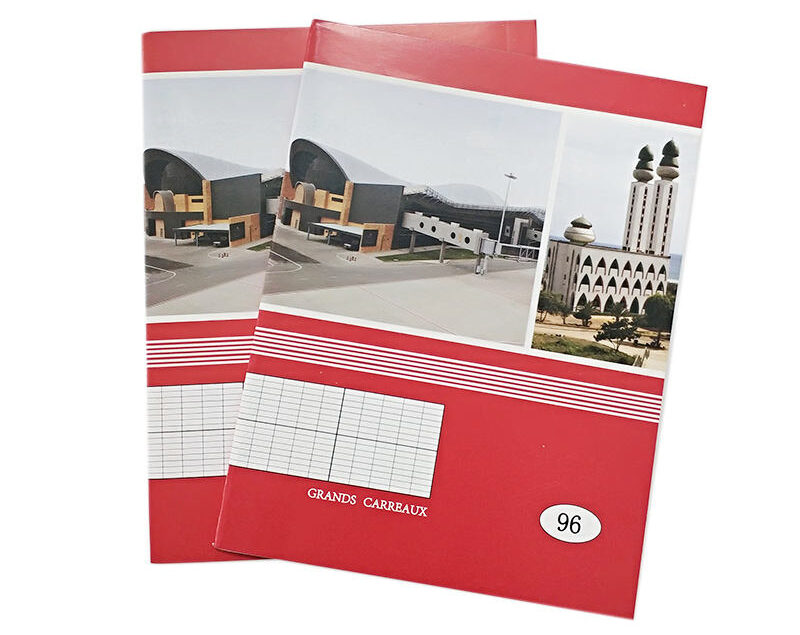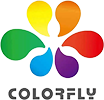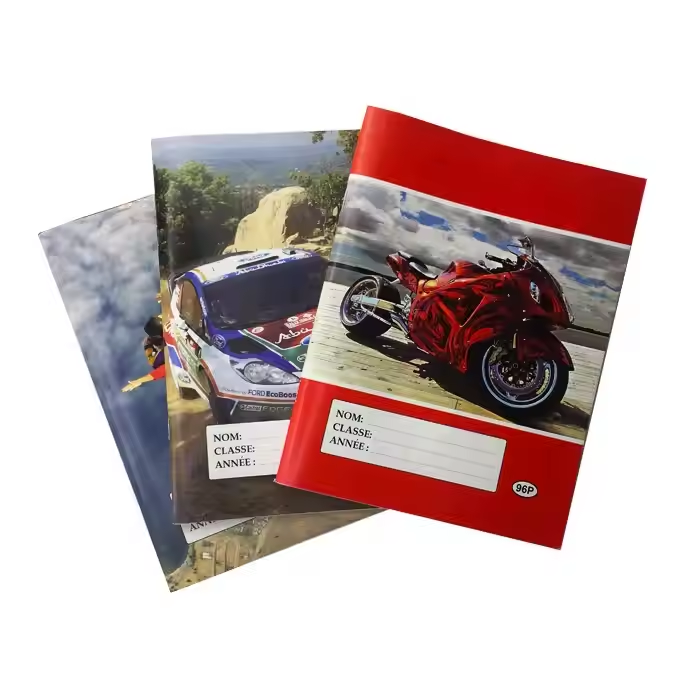The accounting office at Mlimani Primary School in Tanzania was facing a familiar African education challenge: stacks of invoices from seven different stationery suppliers, inconsistent quality across classrooms, and budgets stretched thin by constant small purchases. “We were spending more time managing suppliers than focusing on education,” recalled Headteacher Samuel Mbeki.
That was before their stationery consolidation project with Colorfly. Within one academic year, they achieved what seemed impossible: 15% cost reduction while improving product quality across all 42 classrooms.

The African School Stationery Dilemma
Most African educational institutions face similar procurement challenges:
Fragmented supplier networks with inconsistent pricing
Quality variations that increase replacement costs
Hidden logistics expenses from multiple deliveries
Administrative overload from managing numerous small orders
The Breaking Point: Mlimani’s Wake-up Call
The turning point came when Mlimani’s accounting team calculated their true stationery costs:
27% of their budget went to emergency purchases and replacements
12 different suppliers for basic exercise books and pens
45 staff hours monthly spent on stationery management
Quality complaints from 60% of teachers
“We realized we were solving the wrong problem,” Samuel admitted. “We were focused on unit prices rather than total cost of ownership.”
The Colorfly Solution: Four Strategic Shifts
1. Consolidated Bulk Procurement
Instead of multiple small orders, we helped Mlimani implement:
Single-Source Strategy:
Annual forecasting based on enrollment data
Bulk purchasing of all exercise books and materials
Standardized specifications across grade levels
Scheduled deliveries aligned with academic terms
The Result: 28% reduction in administrative time and 18% better pricing through volume discounts.
2. Customized Product Optimization
We analyzed their actual usage patterns and recommended:
Grade-Specific Exercise Books:
Lower grades: 80-page books with wider ruling
Upper grades: 120-page books with standard ruling
Examination years: Special revision notebooks with topic dividers
“Previously, we bought one type for all students,” Samuel noted. “The customized approach reduced waste and better served each age group’s needs.”
3. Quality That Lasts
By switching to Colorfly’s reinforced exercise books, Mlimani saw:
Replacement rate dropped from 35% to 8%
Student satisfaction with materials increased by 65%
Teacher reports noted improved notebook organization
Longer usage periods reduced frequent repurchasing
4. Efficient Distribution System
We implemented a color-coded classroom distribution system:
Grade-level packaging for easy sorting
Term-based allocation to prevent mid-year shortages
Centralized storage with simple access controls
Usage tracking to refine future orders

The Numbers: Where the 15% Savings Came From
Direct Cost Reductions:
Bulk purchasing discount: 12%
Reduced replacements: 8%
Optimized shipping: 5%
Indirect Savings:
Staff time reallocation: 45 hours monthly
Reduced emergency purchases: 32%
Longer product lifespan: 40% increase
Beyond Mlimani: Replicating Success Across Africa
The Mlimani model has since been adapted by 23 other schools across East Africa. A Kenyan school network reported similar results:
“By implementing Colorfly’s procurement strategy, we redirected $8,000 annually from stationery to classroom technology,” reported Education Director Amina Chege.
Common Implementation Challenges & Solutions
Resistance to Change:
Solution: Demonstrate quick wins with pilot classrooms
Colorfly’s approach: Provide comparative product samples
Budget Cycle Alignment:
Solution: Flexible payment terms matching grant disbursements
Colorfly’s approach: Staggered delivery and payment options
Quality Concerns:
Solution: Comprehensive sampling and testing period
Colorfly’s approach: 30-day classroom trial program
Your School’s Cost-Saving Assessment
Quick Audit Questions:
How many suppliers do you use for core stationery?
What percentage of stationery requires replacement each term?
How many staff hours are spent on procurement monthly?
Are you buying the right specifications for each grade level?
Immediate Action Steps:
Conduct a stationery usage audit across all classrooms
Calculate your true total cost including staff time and replacements
Test consolidated ordering with your most used items
Evaluate quality versus price through classroom trials
The Colorfly Partnership Difference
What made Mlimani’s success possible wasn’t just better products—it was better partnership. We assigned a dedicated education specialist who:
Understood academic calendars and planning cycles
Spoke the language of educators rather than just procurement
Anticipated needs based on curriculum changes
Provided ongoing support beyond the initial order
Ready to Start Your Savings Journey?
Achieving significant stationery cost reductions requires moving beyond price shopping to strategic partnership. The schools that succeed are those that view stationery not as an expense, but as an investment in learning efficiency.
Let us help you calculate your potential savings. Our education procurement specialists have helped schools across Africa optimize their stationery budgets while improving learning materials quality.
[Download Free Stationery Cost Calculator]




